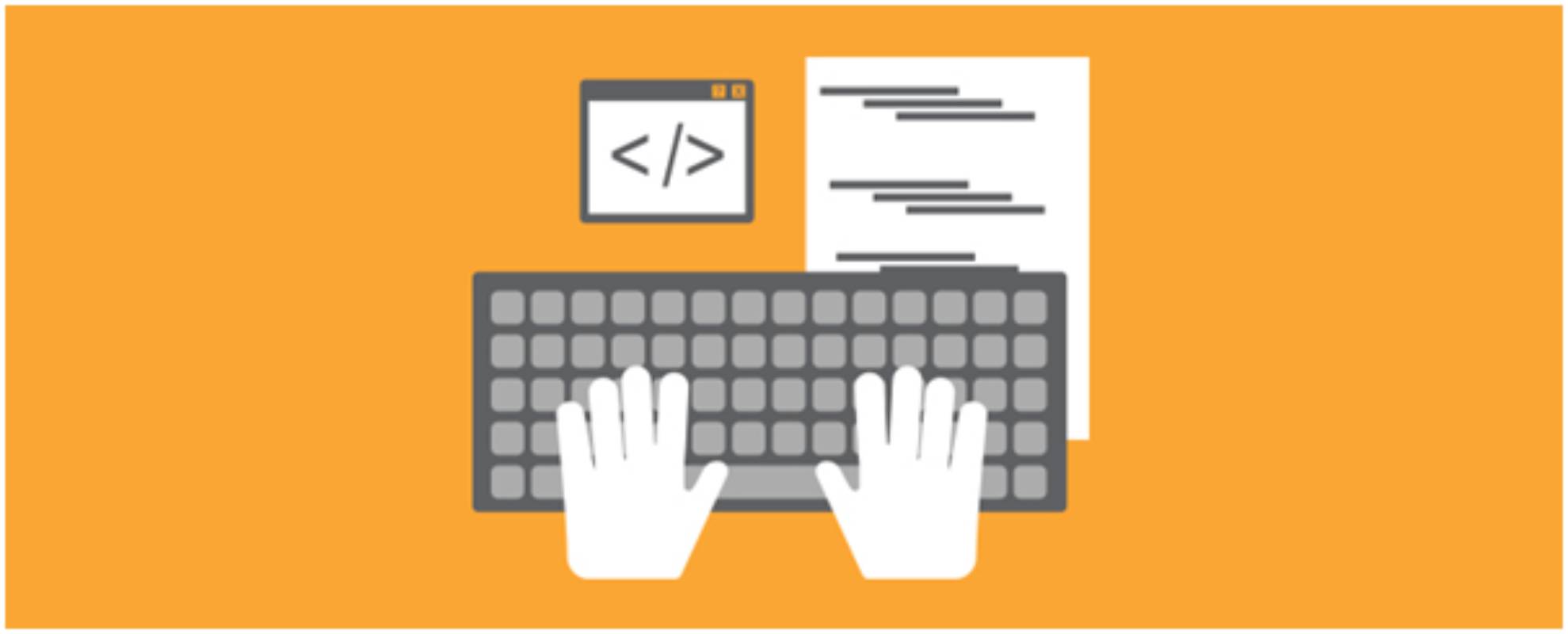Front-End Development: The frontend of a web application (website) is the component of the program with which the user may interact and communicate directly. The presentation of functional user interface activities done on the client side, as well as the processing of user requests, are all part of the frontend. In a nutshell, the frontend is everything a user sees when they view a web page.
A web-application, on the other hand, is a client-server program, with the client being primarily a browser and the server being a web-server. The functionality of the web application is split between the server and the client, data is mostly stored on the server, and information is exchanged across the network. Simply expressed, this is what a user sees and does every time he connects to the Internet and launches any browser.
Front-end development is the process of building the visible portion of a web application with which the user interacts directly, as well as the client-side functionality. That is, the frontend developer is ensuring that each button, icon, text, and window on the site not only stay in position, don’t overlap, and look good (this is a web layout), but also serve their intended goal – to prompt the user to take some action (for example, that the “buy” button opens the basket, and “play” – starts playing a movie or music).
Table of Contents
ToggleThe primary responsibility of a frontend developer is to create a user-friendly interface.
You will love the frontend if you have a creative approach to work and desire to design and develop dynamic interfaces.
Frontend development is as essential as backend development because it is done on the user’s side (we will also mention it below). The primary responsibility of the front end expert is to connect the designer’s graphic layouts in the web application (site pages) with the backend and, if necessary, to integrate computing functions on the user’s side. HTML, CSS, and JavaScript are the most common frontend technologies.
Where to Start Acquaintance?
Those who intend to make a career out of web development courses with placement should be aware that they will most likely have to pick between two paths: becoming a backend developer and working with servers and databases, or becoming a frontend developer and developing what the end user sees and uses.
Despite the fact that the frontend appears to be more appealing at first because of the reduced entry barrier and minimal programming needs, it still has certain flaws.
Here’s a collection of tips on how to get started with frontend development quickly, and, more significantly, how to improve your outcomes.
1. Try to start writing JavaScript programs as soon as possible.
At first, it may not even be entirely clear why this JavaScript is needed, but believe me, modern websites consist of practically only it. Write calculators, sapper-type minigames, weather forecast apps, typing simulators. Something small and complete – and then your programming skills will only grow.
2. As soon as feasible, begin using JS frameworks.
You must first learn how to utilize web development frameworks such as React or Vue (which are mostly used to develop SPA apps) and then apply them. Always remember to practice pure JavaScript. Try to figure out how they operate, dig into the ecosystem, and put together a huge project using many plugins and frameworks. All of this will provide you with the necessary experience and understanding of the contemporary frontend.
3. Learn other languages and Computer Science.
Why do you need it? Well, for example, now TypeScript is already very popular in large companies. With it, the code can work much more reliably, and the thoughts of the developers are expressed more specifically. It is much easier to understand the need and its ideas if you have already written code in statically typed languages.
4. Try to deepen your knowledge of OOP and JavaScript updates.
Unfortunately, or fortunately, the language is updated every year in a new standard, so you always need to be up to date. Read changeLog for new versions, try to use new features on a platform that is usually updated before browsers – Node.js. Try to understand the benefits of new additions and their practical application.
5. Get ready for competition.
The frontend as a sphere has always been considered the easiest to enter. However, now the situation is changing a little – a lot in websites and applications is crawling to the client’s side. Your deep knowledge of programming paradigms, language design, and popular frameworks will help you stand out from other novice developers.
6. Try to create large, voluminous, architecturally literate projects.

Front-End Development: Take ready-made design solutions: in your future work you will be needed as a team player who is ready to accept the rules of the game, and not as a creative unit.
Also Read: Technology Is Reshaping The World Of Interior Design
Related posts
Hot Topics
Understanding TruthFinder’s Background Check Features
Background checks have become increasingly relevant for personal safety and information gathering in digital environments. TruthFinder offers comprehensive background check…
How MLOps Is Shaping the Future of AI in Business
Artificial intelligence (AI) has evolved from a futuristic idea to a strategic necessity for companies looking to innovate, grow, and…



